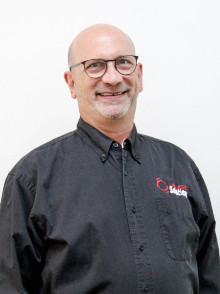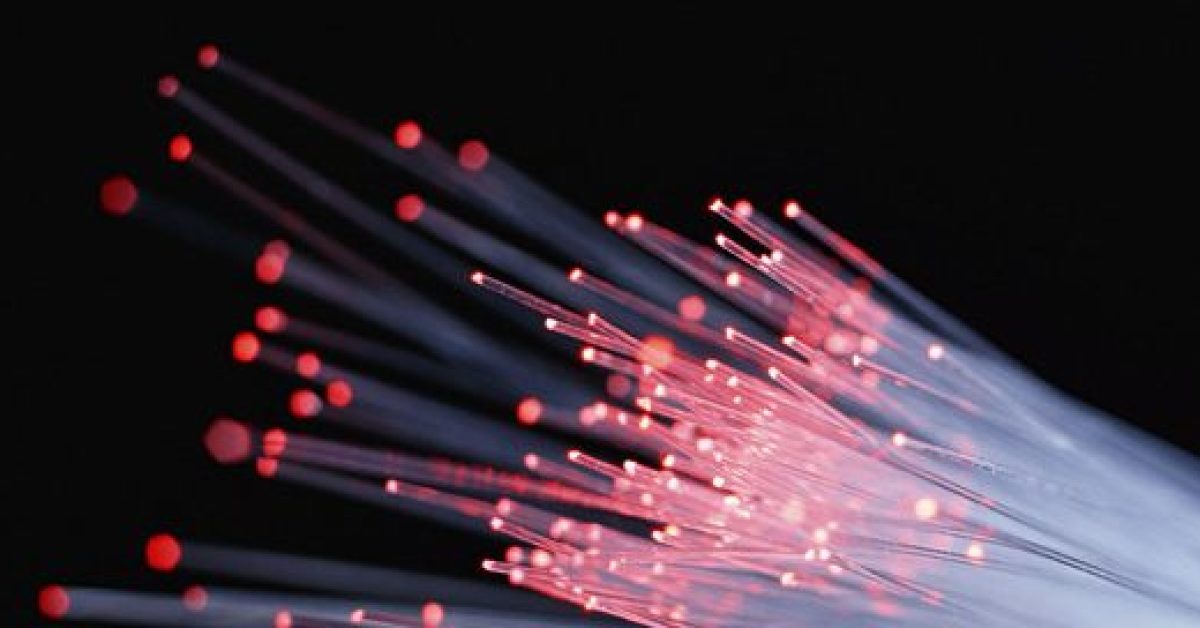Do you remember the advertising slogans, “clear enough to hear a pin drop” or “can you hear me now” from US Sprint (1993) and Verizon Wireless (2003), respectively? Consumers expected high quality from their long-distance providers and with cell phones, they expected great coverage everywhere. As the Internet grew in popularity, speed was the number one concern by consumers. Dial-up was too slow. DSL was better but not fast enough. Cable was even faster but was not available nationwide.
Meanwhile, as consumers adopted faster DSL and cable, the telecom industry was building out a “fiber” backbone throughout the country and the world. The fiber optics rollout of the ’90s and 2000s laid the foundation for today’s modern communications network. All your calls today, both landline and Cellular, traverse the nation and the world over fiber optics.
Fiber Optics Vs. Traditional Connectivity
So why is your business still using DSL or cable? Why haven’t you moved to fiber optics? Cost is the number one reason companies still suffer from poor Internet connections and speeds. The quality and speed provided by fiber is unrivaled at this time. Cellular 5G is promising equal speeds. Although 5G is promising these speeds, fiber connects the cell towers and the rest of the Internet. While 5G is improving speeds during the “last mile”, fiber speeds continue to move even faster and faster with new technologies. What is the “last mile”? This term is used by the industry to describe the connection directly to the consumer. Your on-ramp, so to speak, to the Internet superhighway.
Enough of the history lesson. What is the business lesson? We will continue to depend on the Internet for everything. The speed and reliability are the two top concerns of business owners and consumers alike.
Improving Internet Connections
I decided to research and find the best ways to build reliability and fast Internet for businesses of all sizes. Since no one size or solution fits all, I came up with a few great options. Ultimately, my number one suggestion is to get fiber. If you can afford it, get two fiber connections from two different providers. If your budget does not permit this as an option, I came up with ways to use Cellular (4GLTE and future 5G), Cable, DSL, and fiber in any combination.
For example, if your primary connection is cable from Spectrum, you can add 4GLTE as a failover option. If you have fiber, you can select cable or 4GLTE as your backup. You can even have both! Yes, you can mix and match dissimilar connection types and speeds. A new service called SD-WAN (software defined, wide area network) is becoming popular. All the Internet providers are promoting SD-WAN. Getting a carrier-specific solution is a bad idea. You don’t want “all your eggs in one basket.” You want an SD-WAN solution that can work with any carrier and any connection. On top of that, one that lets you decide which services go over which ISP. The best solution provides an always-on connection and balances your workload across your multiple connections.
Plan for the failure and do some testing. You might need to limit the users or services that can use the backup connection if it is a much slower connection like 4GLTE. We like testing monthly, but quarterly at a minimum. Also, do not forget battery backup (UPS) for the communications equipment. I go into a lot of wiring closets and see only power strips for the cable and DSL modems. The smallest unit I recommend is an INTERNET900U from Tripp Lite for your communications equipment. You will need a larger unit if you have a lot of equipment.
If you have not had a recent Internet and phone bill analysis or would like to discuss building a backup Internet connection, email us at info@justinc.com or give me a call at 833-CALL-JSI.

About the Author
As the Vice President, David Wolf is a technology visionary and serial entrepreneur with over 30 years of experience in the IT industry. David has achieved the highest industry security certifications of CISSP (Certified Information Systems Security Professional), CEH (Certified Ethical Hacker), and CCISO (Certified Chief Information Security Officer). He enjoys using his technical expertise to help fellow business owners get the most out of their IT.

